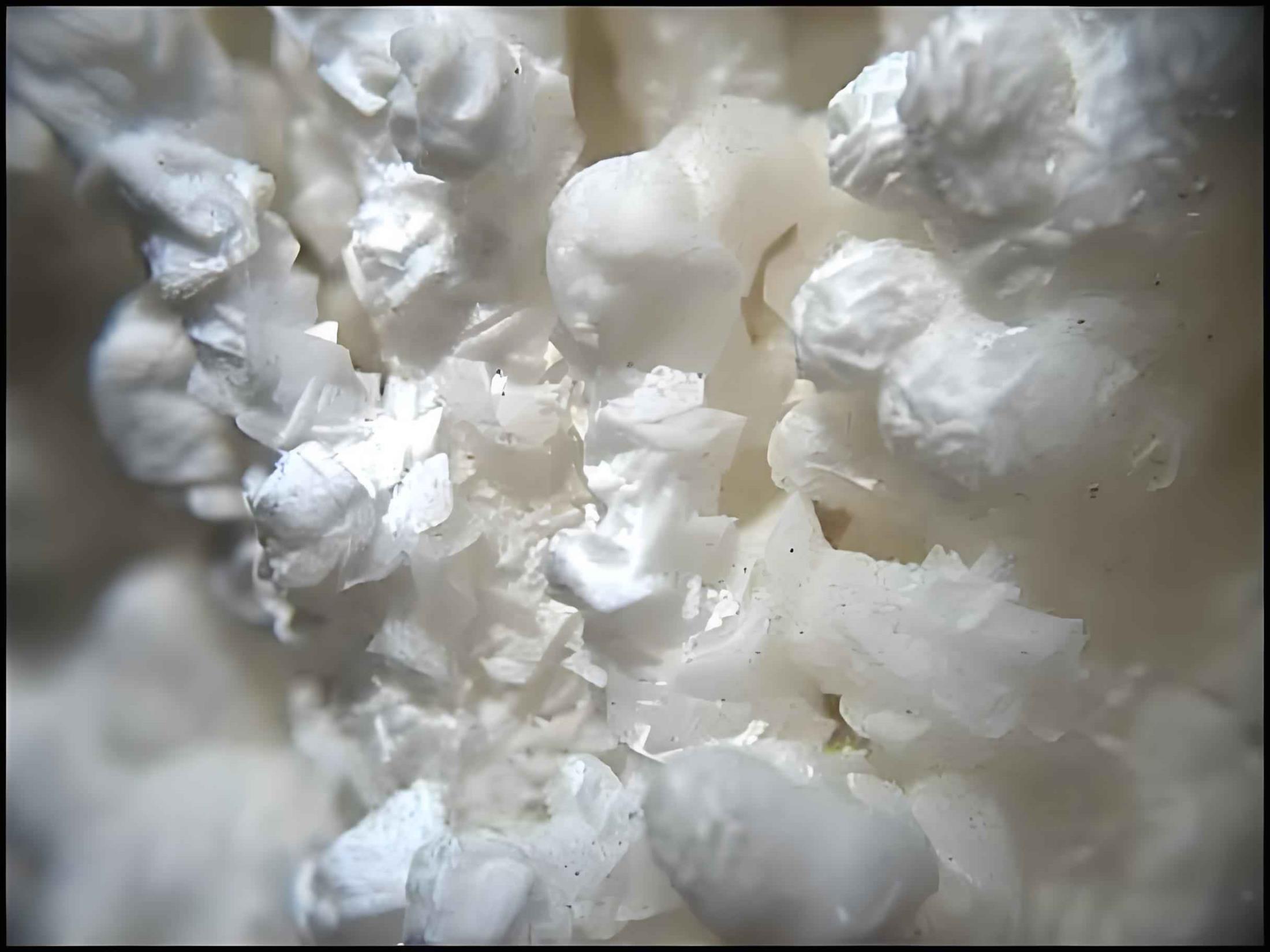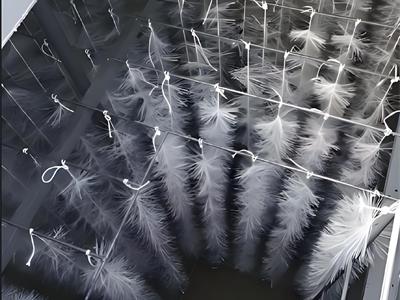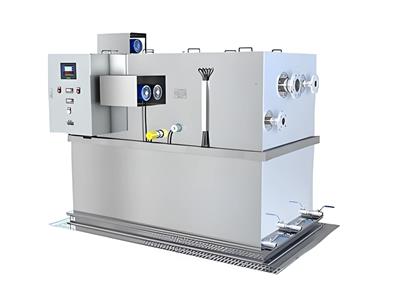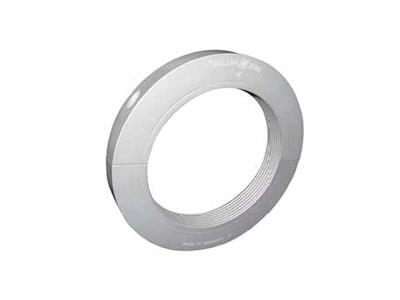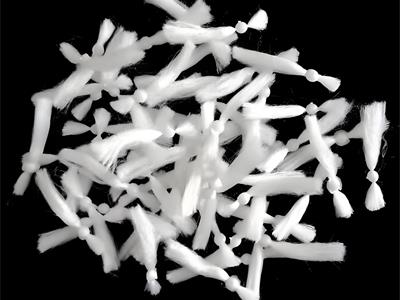- 2025-07-22
Removing zinc from water
Characteristics and risk control of zinc
Source characteristics:
Zinc content in galvanizing process wastewater: 50-200mg/L
Peak zinc concentration in metal processing wastewater: ≥500mg/L
Health threshold:
Drinking water zinc limit: ≤5.0mg/L (GB 5749-2022)
Acute toxicity concentration: >30mg/L causes gastroenteritis
Core treatment process
1. Ion exchange system
Operation mechanism:
Strong acid cationic resin (Na⁺ type) captures Zn²⁺ through ion exchange:
TEXT
2R-SO₃Na + Zn²⁺ → (R-SO₃)₂Zn + 2Na⁺
Technical points:
Penetration capacity: 40-60g Zn²⁺/L resin
Regeneration requirements: 8-10% NaCl solution, flow rate 4-6BV/h
Water quality adjustment:
The treated water needs to be mixed with the raw water at a ratio of 1:3 to maintain hardness >50mg CaCO₃/L
2. Reverse osmosis technology
Membrane separation performance:
Polyamide composite membrane Zn²⁺ retention rate: >98.5%
Operating pressure: 1.5-4.0MPa (adjusted according to TDS)
Application scenarios:
Electroplating rinse water reuse (water zinc <0.1mg/L)
Pharmaceutical ultrapure water preparation (supporting EDI fine treatment)
Engineering economic comparison
Data of a pilot project in an electroplating park
Process Investment cost Energy consumption per ton of water Zinc removal rate
Ion exchange ¥3.8 million 0.25kWh 99.8%
Reverse osmosis ¥6.2 million 1.8kWh 99.2%
Chemical precipitation ¥2.1 million 0.15kWh 97.5%
(Note: treatment scale 1000m³/d, inlet zinc concentration 85mg/L)
Key points of technical implementation
Ion exchange resin calcium penetration warning:
Set calcium online monitoring (response threshold>5mg/L)
Automatically trigger regeneration program to prevent zinc leakage
Reverse osmosis system anti-scaling measures:
Maintain LSI index <0.5 (antiscalant dosage 2-5ppm)
Regular citric acid cleaning (frequency ≤3 times/year)

